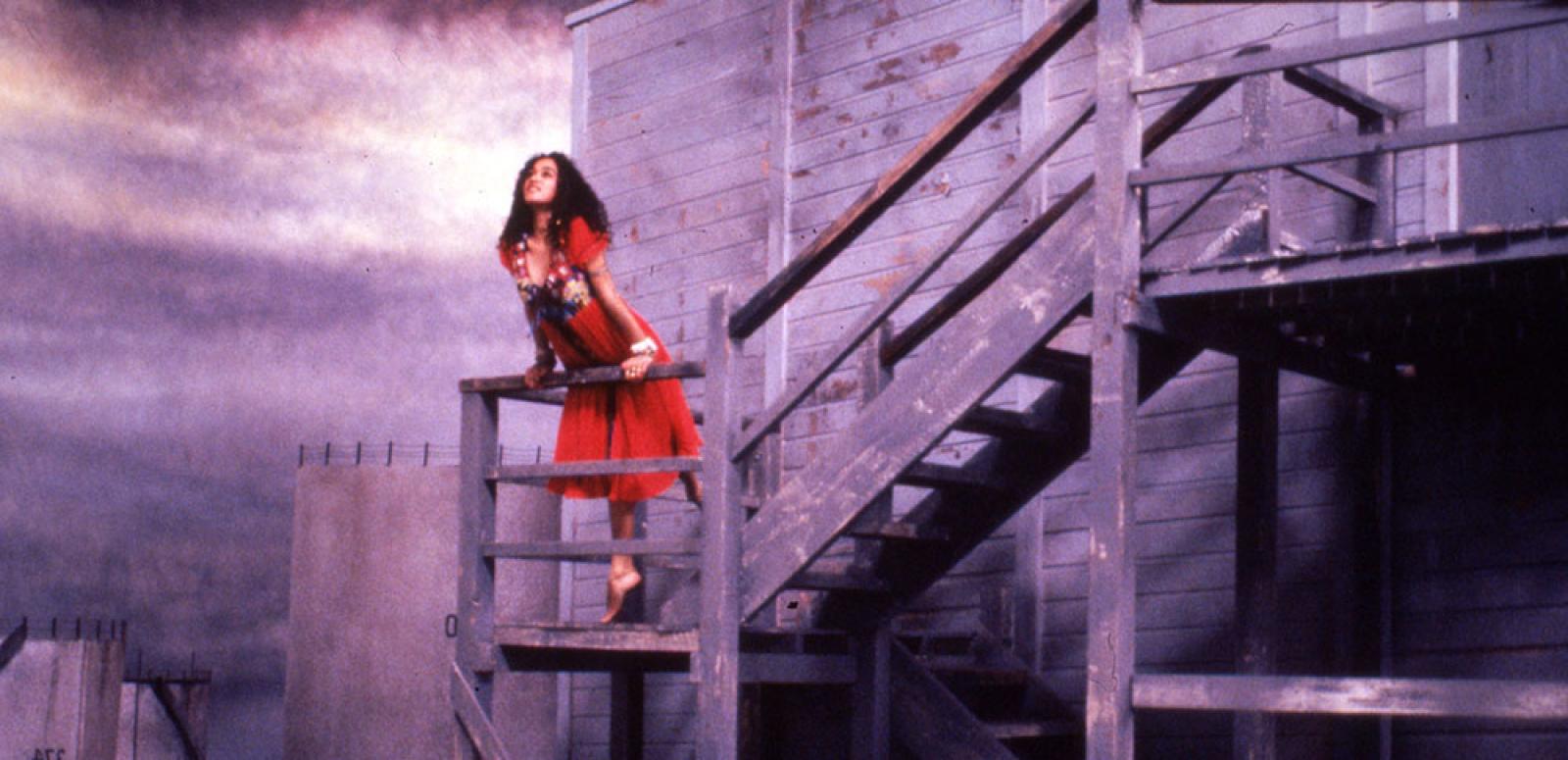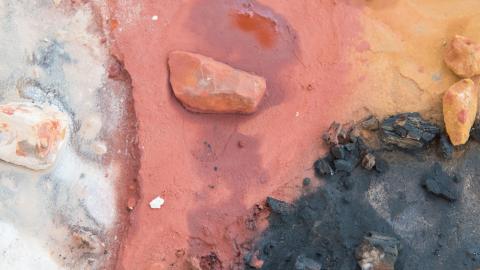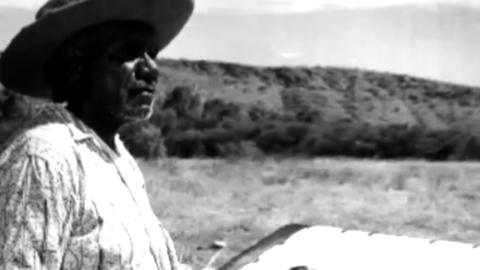WARNING: this article may contain names, images or voices of deceased Aboriginal and Torres Strait Islander people.
The NFSA is highlighting the work of influential contemporary artist and filmmaker Tracey Moffatt, who features in our Aboriginal and Torres Strait Islander Artists curated collection.




